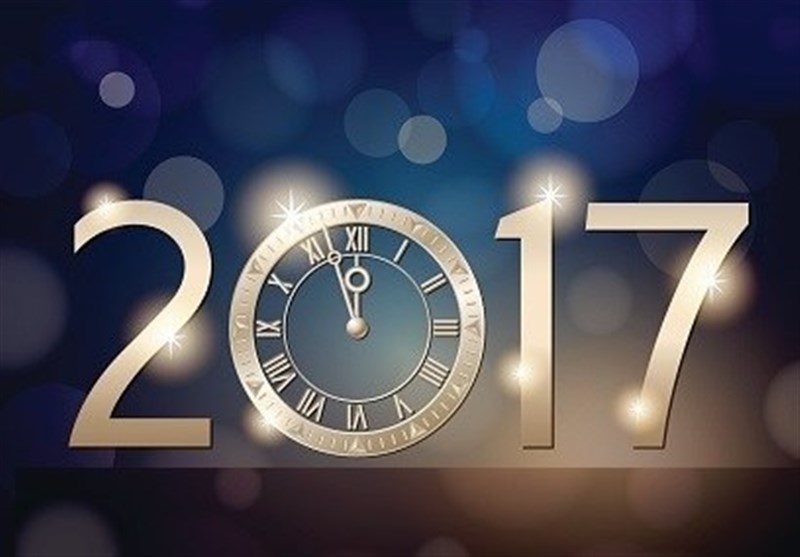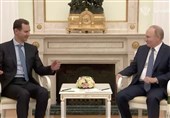2016 Will Last A Second Longer
TEHRAN (Tasnim) – On December 31, 2016, a "leap second" will be added to the world's clocks at 23 hours, 59 minutes and 59 seconds Coordinated Universal Time (UTC).
Historically, time was based on the mean rotation of the Earth relative to celestial bodies and the second was defined in this reference frame. However, the invention of atomic clocks defined a much more precise "atomic" timescale and a second that is independent of Earth's rotation.
In 1970, international agreements established a procedure to maintain a relationship between Coordinated Universal Time (UTC) and UT1, a measure of the Earth's rotation angle in space.
The International Earth Rotation and Reference Systems Service (IERS) is the organization which monitors the difference in the two time scales and calls for leap seconds to be inserted in or removed from UTC when necessary to keep them within 0.9 seconds of each other. In order to create UTC, a secondary timescale, International Atomic Time (TAI), is first generated; it consists of UTC without leap seconds. When the system was instituted in 1972, the difference between TAI and UTC was determined to be 10 seconds.
Since 1972, 26 additional leap seconds have been added at intervals varying from six months to seven years, with the most recent being inserted on June 30, 2015. After the insertion of the leap second in December, the cumulative difference between UTC and TAI will be 37 seconds.
Confusion sometimes arises over the misconception that the occasional insertion of leap seconds every few years indicates that the Earth should stop rotating within a few millennia. This is because some mistake leap seconds to be a measure of the rate at which the Earth is slowing.





